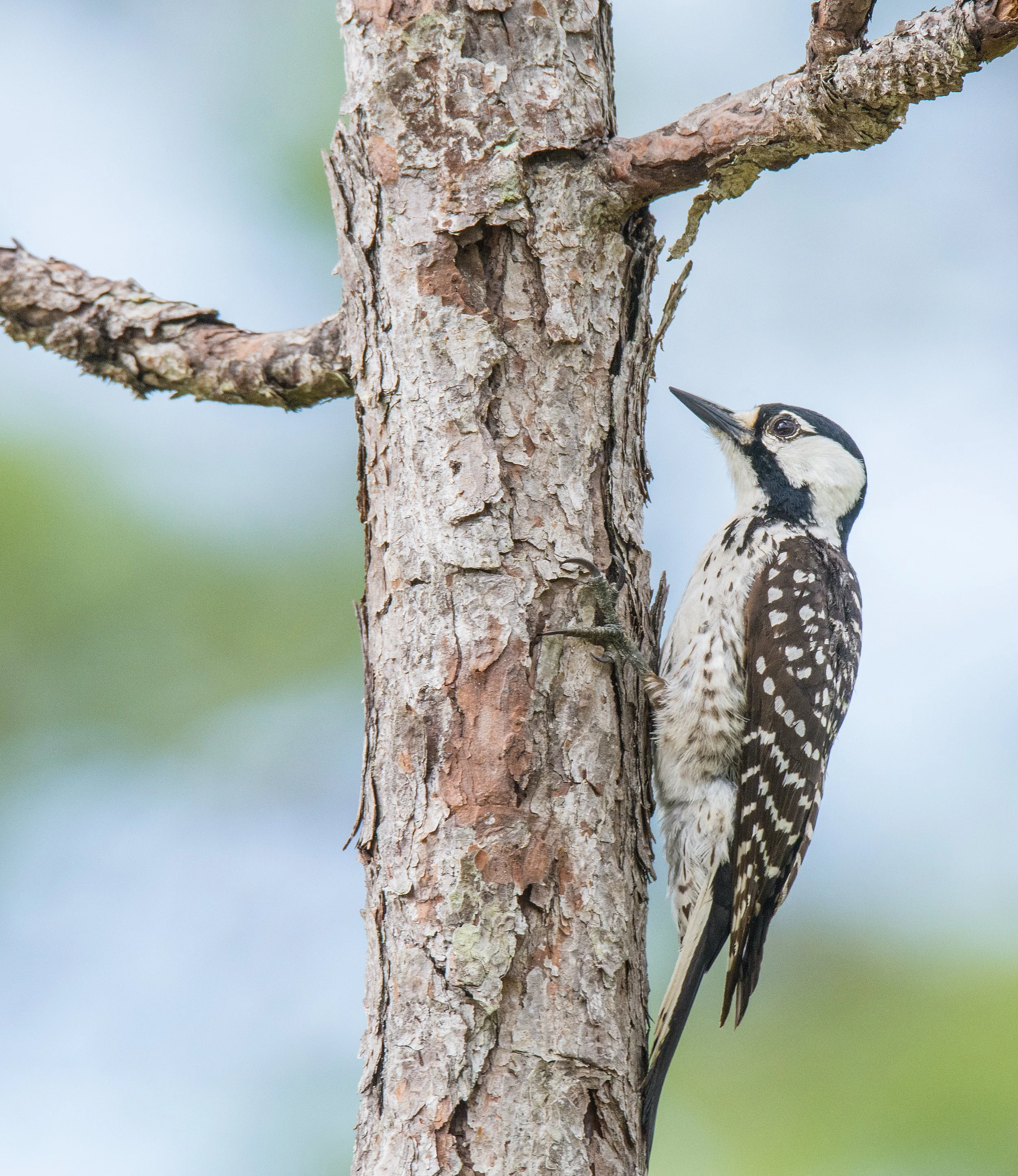Relocation on Bomb Testing Range Saves Threatened Woodpecker Population
Study author Alex Lewanski releases a tagged red‑cockaded woodpecker: the relocation project has helped the population recover. Photo: Michigan State University
At first glance, the Avon Park Air Force Range in Florida hardly seems a place for hopeful stories of new life. It is the largest bombing and gunnery range in the eastern United States, actively used by all branches of the military. Yet part of the facility is open to the public for fishing, hiking, or hunting — and nature is thriving across its 106,000 acres south of Orlando.
Here, endangered red‑cockaded woodpeckers have been given, and seized, a second chance. Researchers at Michigan State University detail the relocation program in the journal Proceedings of the National Academy of Sciences.
The results stand out for two reasons. First, the site’s military use benefits the woodpeckers. They live in open pine forests, and occasional fires from bomb tests maintain exactly that habitat. Second, the project offers lessons for helping other endangered populations.
Relocated young birds stabilized the population
Between 1998 and 2016, the Michigan State University team relocated 54 young red‑cockaded woodpeckers to the range from other reserves in Florida and Georgia, where individuals could be taken without harming local populations. About 70 % of the newcomers survived and paired with resident birds, boosting both genetic diversity and breeding activity. The relocated juveniles usually claimed the best nesting spots and bred immediately. Over a bird’s lifetime, researchers observed more offspring — who themselves bred more successfully than long‑established residents. Some lineages became full‑blown woodpecker dynasties.
Beyond relocation, the team worked to optimize habitat. Controlled burns created new open pine areas, while sections with old trees were preserved, giving the birds soft wood for nesting cavities.
Long‑term tracking of individual animals and their descendants over nearly 30 years is rare in conservation projects and particularly valuable. The scientists see this effort as a strong case for targeted, successful preservation of endangered species, with relocation among the best strategies. “It has the potential to be an important foundation for the management of many endangered species,” says study author Alex Lewanski.
Once found across the U.S., the red‑cockaded woodpecker is now considered “threatened” rather than “endangered.” Researchers are hopeful the rapid tapping of their beaks will echo across Avon Park Air Force Range for many years to come.



